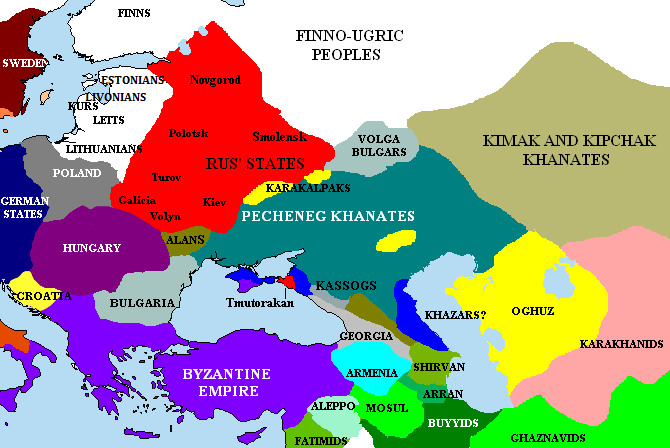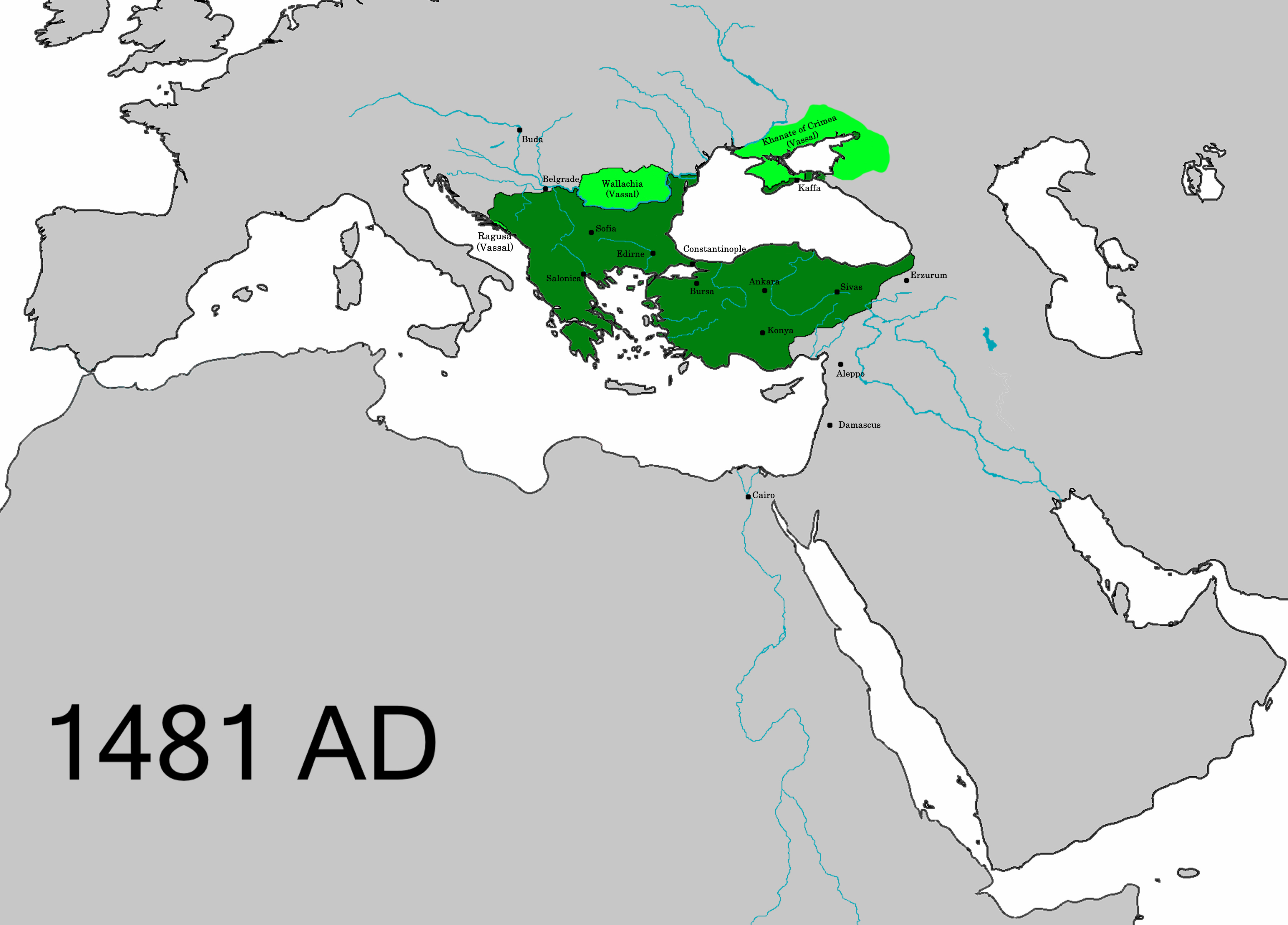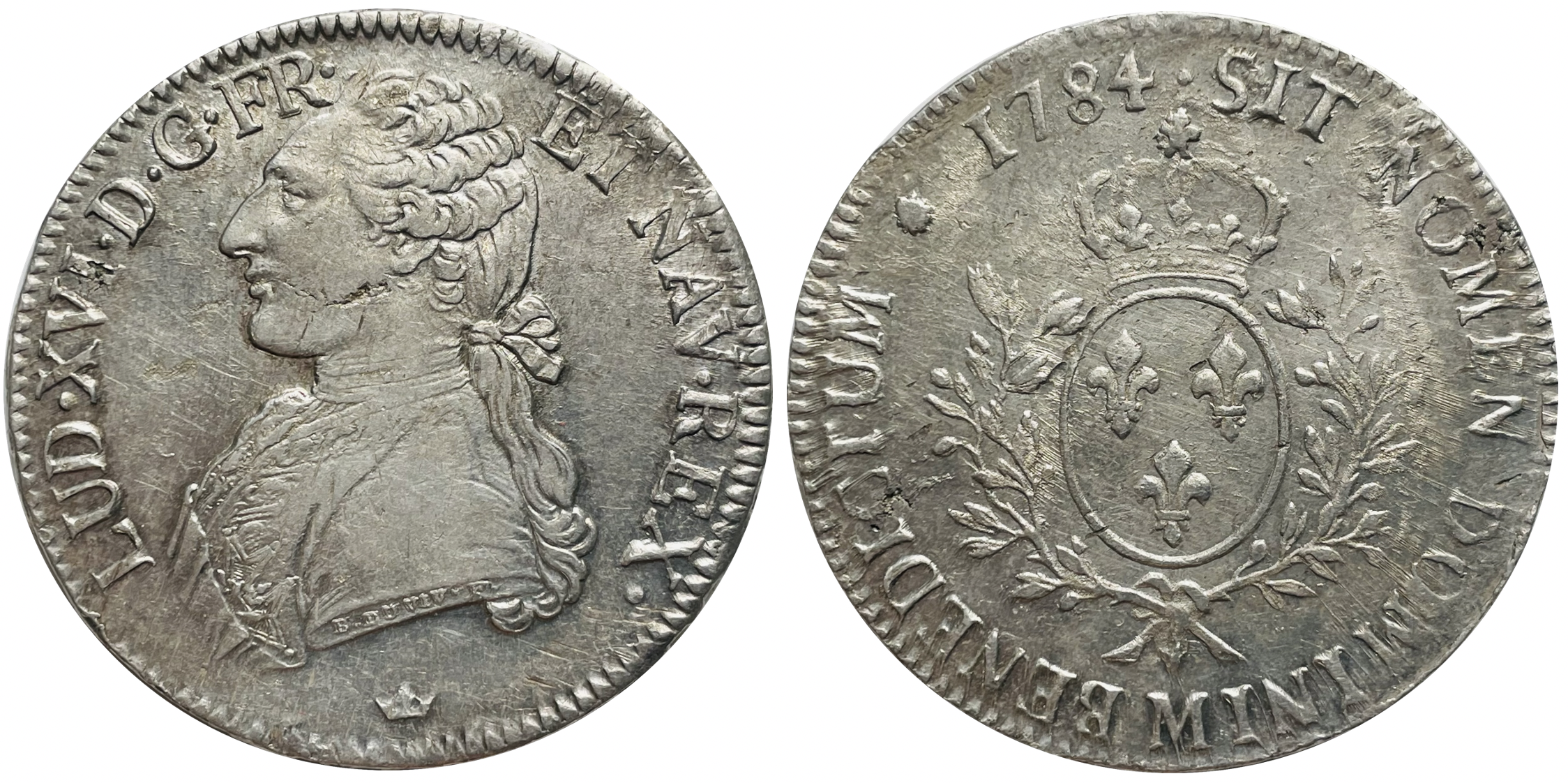|
Akçe
The ''akçe'' or ''akça'' (anglicized as ''akche'', ''akcheh'' or ''aqcha''; ; , , in Europe known as '' asper'') was a silver coin mainly known for being the chief monetary unit of the Ottoman Empire. It was also used in other states including the Anatolian Beyliks, the Aq Qoyunlu, and the Crimean Khanate. The basic meaning of the word is "silver" or "silver money", deriving from the Turkish word () and the diminutive suffix . Three s were equal to one . One-hundred and twenty 's equalled one . Later after 1687 the ' became the main unit of account, replacing the . In 1843, the silver ' was joined by the gold lira in a bimetallic system. Its weight fluctuated; one source estimates it between 1.15 and 1.18 grams. The name ' originally referred to a silver coin but later the meaning changed and it became a synonym for money. The mint in Novo Brdo, a fortified mining town in the Serbian Despotate rich with gold and silver mines, began to strike ' in 1441 when it was captur ... [...More Info...] [...Related Items...] OR: [Wikipedia] [Google] [Baidu] |
Aq Qoyunlu
The Aq Qoyunlu or the White Sheep Turkomans (, ; ) was a culturally Persianate society, Persianate,Kaushik Roy, ''Military Transition in Early Modern Asia, 1400–1750'', (Bloomsbury, 2014), 38; "Post-Mongol Persia and Iraq were ruled by two tribal confederations: Akkoyunlu (White Sheep) (1378–1507) and Qaraoyunlu (Black Sheep). They were Persianate Turkoman Confederations of Anatolia (Asia Minor) and Azerbaijan." Sunni Islam, SunniMichael M. Gunter, ''Historical dictionary of the Kurds'' (2010), p. 29 Turkoman (ethnonym), Turkoman tribal confederation. Founded in the Diyar Bakr, Diyarbakir region by Qara Yuluk Uthman Beg, they ruled parts of present-day eastern Turkey from 1378 to 1508, and in their last decades also ruled Armenia, Azerbaijan, much of Iran, Iraq, and Oman where the ruler of Kingdom of Ormus, Hormuz recognised Aq Qoyunlu suzerainty. The Aq Qoyunlu empire reached its zenith under Uzun Hasan. History Etymology The name Aq Qoyunlu, literally meaning "those with w ... [...More Info...] [...Related Items...] OR: [Wikipedia] [Google] [Baidu] |
Crimean Khanate
The Crimean Khanate, self-defined as the Throne of Crimea and Desht-i Kipchak, and in old European historiography and geography known as Little Tartary, was a Crimean Tatars, Crimean Tatar state existing from 1441 to 1783, the longest-lived of the Turkic peoples, Turkic khanates that succeeded the empire of the Golden Horde. Established by Hacı I Giray in 1441, it was regarded as the direct heir to the Golden Horde and to Cumania, Desht-i-Kipchak. In 1783, violating the 1774 Treaty of Küçük Kaynarca (which had guaranteed non-interference of both Russia and the Ottoman Empire in the affairs of the Crimean Khanate), the Annexation of the Crimean Khanate by the Russian Empire, Russian Empire annexed the khanate. Among the European powers, only France came out with an open protest against this act, due to the longstanding Franco-Ottoman alliance. Naming and geography The Crimean Khans, considering their state as the heir and legal successor of the Golden Horde and Desht-i Kipcha ... [...More Info...] [...Related Items...] OR: [Wikipedia] [Google] [Baidu] |
Ottoman Empire
The Ottoman Empire (), also called the Turkish Empire, was an empire, imperial realm that controlled much of Southeast Europe, West Asia, and North Africa from the 14th to early 20th centuries; it also controlled parts of southeastern Central Europe, between the early 16th and early 18th centuries. The empire emerged from a Anatolian beyliks, ''beylik'', or principality, founded in northwestern Anatolia in by the Turkoman (ethnonym), Turkoman tribal leader Osman I. His successors Ottoman wars in Europe, conquered much of Anatolia and expanded into the Balkans by the mid-14th century, transforming their petty kingdom into a transcontinental empire. The Ottomans ended the Byzantine Empire with the Fall of Constantinople, conquest of Constantinople in 1453 by Mehmed II. With its capital at History of Istanbul#Ottoman Empire, Constantinople (modern-day Istanbul) and control over a significant portion of the Mediterranean Basin, the Ottoman Empire was at the centre of interacti ... [...More Info...] [...Related Items...] OR: [Wikipedia] [Google] [Baidu] |
Orhan
Orhan Ghazi (; , also spelled Orkhan; died 1362) was the second sultan of the Ottoman Empire from 1323/4 to 1362. He was born in Söğüt, as the son of Osman I. In the early stages of his reign, Orhan focused his energies on conquering most of northwestern Anatolia. The majority of these areas were under Byzantine rule and he won his first battle at Pelekanon against the Byzantine Emperor Andronikos III Palaiologos. Orhan also occupied the lands of the Karasids of Balıkesir and the Ahis of Ankara. A series of civil wars surrounding the ascension of the nine-year-old Byzantine emperor John V Palaiologos greatly benefited Orhan. In the Byzantine civil war of 1341–1347, the regent John VI Kantakouzenos married his daughter Theodora to Orhan and employed Ottoman warriors against the rival forces of the empress dowager, allowing them to loot Thrace. In the Byzantine civil war of 1352–1357, Kantakouzenos used Ottoman forces against John V, granting them the use of ... [...More Info...] [...Related Items...] OR: [Wikipedia] [Google] [Baidu] |
Suleiman Mosque
Suleiman (; or dictionary.reference.comsuleiman/ref>) is the Arabic name of the Jewish and Quranic king and Islamic prophet Solomon. Suleiman the Magnificent (1494–1566) was the longest-reigning sultan of the Ottoman Empire. Variants of the name include Sulyman, Salamon, Salman, Salomon, Sleiman, Soleyman, Soliman, Solomon (name), Sulaiman, Sulayman, Sulejman, Suleman, Suleyman, Zalman. People with the given name People with the given name include: Historical * Suleyman Shah (1166-1227), according to Ottoman tradition, father of Ertugrul * Suleiman-Shah (1117-1161), Sultan of the Great Seljuq Empire * Suleiman ibn Qutulmish (1041-1086), founder of the Sultanate of Rum *Süleyman Pasha (son of Orhan) (1306-1357), Ottoman prince and commander *Süleyman Çelebi (1377–1411), de facto Ottoman ruler during the interregnum *Suleiman the Magnificent (1494–1566), also known as Suleiman I *Suleiman I of Persia (1648-1694), Shah of Safavid Iran * Suleiman II of Persi ... [...More Info...] [...Related Items...] OR: [Wikipedia] [Google] [Baidu] |
Silver Coins
Silver coins are one of the oldest mass-produced form of coinage. Silver has been used as a coinage metal since the times of the Greeks; their silver drachmas were popular trade coins. The ancient Persians used silver coins between 612–330 BC. Before 1797, British pennies were made of silver. As with all collectible coins, many factors determine the value of a silver coin, such as its rarity, demand, condition and the number originally minted. Ancient silver coins coveted by collectors include the Denarius and Miliarense, while more recent collectible silver coins include the Morgan Dollar and the Spanish Milled Dollar. Other than collector's silver coins, silver bullion coins are popular among people who desire a "hedge" against currency inflation or store of value. Silver has an international currency symbol of XAG under ISO 4217. Origins and early development of silver coins The earliest coins in the world were minted in the kingdom of Lydia in Asia Minor around 60 ... [...More Info...] [...Related Items...] OR: [Wikipedia] [Google] [Baidu] |
Coins Of The Ottoman Empire
A coin is a small object, usually round and flat, used primarily as a medium of exchange or legal tender. They are standardized in weight, and produced in large quantities at a mint in order to facilitate trade. They are most often issued by a government. Coins often have images, numerals, or text on them. The faces of coins or medals are sometimes called the ''obverse'' and the ''reverse'', referring to the front and back sides, respectively. The obverse of a coin is commonly called ''heads'', because it often depicts the head of a prominent person, and the reverse is known as ''tails''. The first metal coins – invented in the ancient Greek world and disseminated during the Hellenistic period – were precious metal–based, and were invented in order to simplify and regularize the task of measuring and weighing bullion (bulk metal) carried around for the purpose of transactions. They carried their value within the coins themselves, but the stampings also induced manipulati ... [...More Info...] [...Related Items...] OR: [Wikipedia] [Google] [Baidu] |
Manghir
The ''manghir'' (; ; ) was an Ottoman Empire, Ottoman copper coin introduced first during the reign of sultan Murad I (). Etymology The word ''manghir'' comes from the Mongolian language, Mongolian word ''mungun''/''mongon'' (see wikt:мөнгө#Mongolian, wikt:мөнгө), meaning "cash". It is also written as ''mangur'', ''mankur'' and ''mankır''. In the Ottoman realm, it was called "red ''manghir''" due to its color, and in the common tongue it was also called ''Pūl (coin), pul''. In the Islamic world, ''manghir'' is mostly used for Ottoman copper coins. History Attestation It is not known when the first ''manghirs'' were minted in the Ottoman Empire. Although it is claimed that the first copper coin was minted during the time of Orhan, the first Ottoman copper coins that have survived to the present day belong to Murad I. The first copper coin with a tughra was minted by Süleyman Çelebi (). Value During the period from Murad II to Suleiman II of the Ottoman Empire, Sul ... [...More Info...] [...Related Items...] OR: [Wikipedia] [Google] [Baidu] |
Ducat
The ducat ( ) coin was used as a trade coin in Europe from the later Middle Ages to the 19th century. Its most familiar version, the gold ducat or sequin containing around of 98.6% fine gold, originated in Venice in 1284 and gained wide international acceptance over the centuries. Similarly named silver ducatons also existed. The gold ducat circulated along with the Florentine florin and preceded the modern British pound sterling. Predecessors The word ''ducat'' is from Medieval Latin ''ducalis'' = "relating to a duke (or dukedom)", and initially meant "duke's coin" or a "duchy's coin". The first issue of scyphate billon coins modelled on Byzantine ''trachea'' was made by King Roger II of Sicily as part of the Assizes of Ariano (1140). It was to be a valid issue for the whole kingdom. The first issue bears the figure of Christ and the Latin inscription ''Sit tibi, Christe, datus, quem tu regis iste ducatus'' (meaning "O Christ, let this duchy, which you rule, be dedi ... [...More Info...] [...Related Items...] OR: [Wikipedia] [Google] [Baidu] |
Venice
Venice ( ; ; , formerly ) is a city in northeastern Italy and the capital of the Veneto Regions of Italy, region. It is built on a group of 118 islands that are separated by expanses of open water and by canals; portions of the city are linked by 438 bridges. The islands are in the shallow Venetian Lagoon, an enclosed bay lying between the mouths of the Po River, Po and the Piave River, Piave rivers (more exactly between the Brenta (river), Brenta and the Sile (river), Sile). As of 2025, 249,466 people resided in greater Venice or the Comune of Venice, of whom about 51,000 live in the historical island city of Venice (''centro storico'') and the rest on the mainland (''terraferma''). Together with the cities of Padua, Italy, Padua and Treviso, Italy, Treviso, Venice is included in the Padua-Treviso-Venice Metropolitan Area (PATREVE), which is considered a statistical metropolitan area, with a total population of 2.6 million. The name is derived from the ancient Adr ... [...More Info...] [...Related Items...] OR: [Wikipedia] [Google] [Baidu] |
Ducat
The ducat ( ) coin was used as a trade coin in Europe from the later Middle Ages to the 19th century. Its most familiar version, the gold ducat or sequin containing around of 98.6% fine gold, originated in Venice in 1284 and gained wide international acceptance over the centuries. Similarly named silver ducatons also existed. The gold ducat circulated along with the Florentine florin and preceded the modern British pound sterling. Predecessors The word ''ducat'' is from Medieval Latin ''ducalis'' = "relating to a duke (or dukedom)", and initially meant "duke's coin" or a "duchy's coin". The first issue of scyphate billon coins modelled on Byzantine ''trachea'' was made by King Roger II of Sicily as part of the Assizes of Ariano (1140). It was to be a valid issue for the whole kingdom. The first issue bears the figure of Christ and the Latin inscription ''Sit tibi, Christe, datus, quem tu regis iste ducatus'' (meaning "O Christ, let this duchy, which you rule, be dedi ... [...More Info...] [...Related Items...] OR: [Wikipedia] [Google] [Baidu] |









